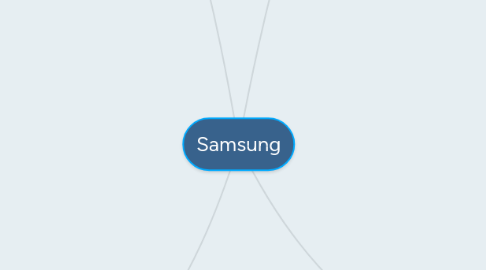
1. Changing technological market
1.1. Changing consumers
1.1.1. Changing consumer spending
1.1.2. Greying population
1.1.3. Migration
1.1.4. Identification by brands
1.1.5. Sociological trends
1.1.5.1. Urbanization
1.1.5.2. Mobile devices
1.1.5.3. Digital world
1.2. Changing regulations
1.2.1. Border controls
1.2.2. Customs
1.2.3. Emissions
1.2.4. Compliance
1.3. New/emerging markets
1.3.1. E-commerce
1.3.1.1. Showrooming
1.3.1.2. Webrooming
1.3.2. Increase availability
1.3.2.1. More geographics
1.3.2.1.1. BRIC
1.3.2.1.2. Iran
1.3.2.1.3. Cuba
1.4. New technologies
1.4.1. Innovation
1.4.2. Virtual and augmented reality
1.4.3. Apps
1.4.3.1. Non-liniair television applications
1.5. Political trends
1.5.1. TTIP
1.5.2. Brexit
1.5.3. CSR
2. Solution Manufacturers
2.1. Optimizing supply chains
2.1.1. Spreading risks
2.1.2. Inventory management
2.1.2.1. Stock reduction
2.1.2.2. Short shelf life
2.1.3. Returnflows
2.1.4. Route planning
2.1.5. Location choices recheck
2.1.6. Lean management
2.2. Focus on core competences
2.2.1. Selected product portfolio
2.2.2. Outsourcing side activities
2.2.3. Local markets
2.3. Information management
2.3.1. RFID/ Barcode Scanning
2.3.2. Track & trace
2.4. Sales and operations
2.4.1. Trade offs
2.5. Economies of scale
2.6. Factory locations
2.6.1. More sustainable
2.6.2. Less risks
2.7. Warehouse locations
2.7.1. Better infrastructure
2.7.2. Reachability
2.7.3. Utilization rates
2.8. IT & data availability
2.9. Delivery
2.9.1. Hub-and-spoke network
2.9.2. Load optimization
3. Impact
3.1. Complex supply chains
3.1.1. Last mile delivery
3.1.2. Constantly changing demands
3.1.3. Synchromodality
3.1.3.1. Cooperations & Acquisitions
3.1.4. Increasing costs
3.1.5. Reshoring
3.2. Finance
3.2.1. Investments in R&D
3.2.2. Raw material prices
3.2.3. Outsource
3.2.4. Fuel prices
3.3. Focus on HR
3.3.1. Scarcity of trained personnel
3.4. Dependency on IT
3.4.1. Management systems
3.4.1.1. WMS
3.4.1.2. TMS
3.4.2. Transparency towards the customer
3.4.2.1. Track & Tracing
3.4.2.2. Real life information
3.5. Marketing & Sales
3.5.1. emerging markets
3.5.1.1. new competitors
3.5.2. Value added services
3.5.3. Newest technological trends
4. Supply chain challenges
4.1. End-To-End Supply chains
4.1.1. Warehousing
4.1.1.1. SKU diversity
4.1.1.2. small batch deliveries
4.1.2. Shipping
4.1.2.1. Customs legislations
4.1.2.2. Carbon legislation
4.1.2.3. Country specific
4.1.2.4. Instructions for use
4.1.3. Delivery
4.1.3.1. Delivery reliability
4.1.3.2. Mode shifts
4.1.3.3. Door to door delivery
4.1.3.3.1. last mile
4.1.3.4. RDC
4.1.3.5. Export
4.1.3.6. Distributors
4.1.4. Synchromodality
4.1.4.1. Hubs
4.1.4.2. Cooperations/partnerships
4.1.4.3. Network extensions
4.1.5. Manufacturing
4.1.5.1. Lead times
4.1.5.2. Work contracts
4.1.5.3. Customization
4.1.5.4. Automization
4.1.5.5. Quality management
4.1.6. Short product lifecycle
4.2. Trade unions
4.2.1. Competitiveness EU
4.3. Value added services
4.3.1. Installation
4.3.1.1. Software installation
4.3.2. Manuals
4.3.3. Repacking
4.3.3.1. Multi lingual packs
4.3.4. Customer preferences
4.3.4.1. Customization
4.3.5. DGR handling
4.3.6. After sales support
4.3.6.1. Warranty
4.3.6.2. Spare parts
